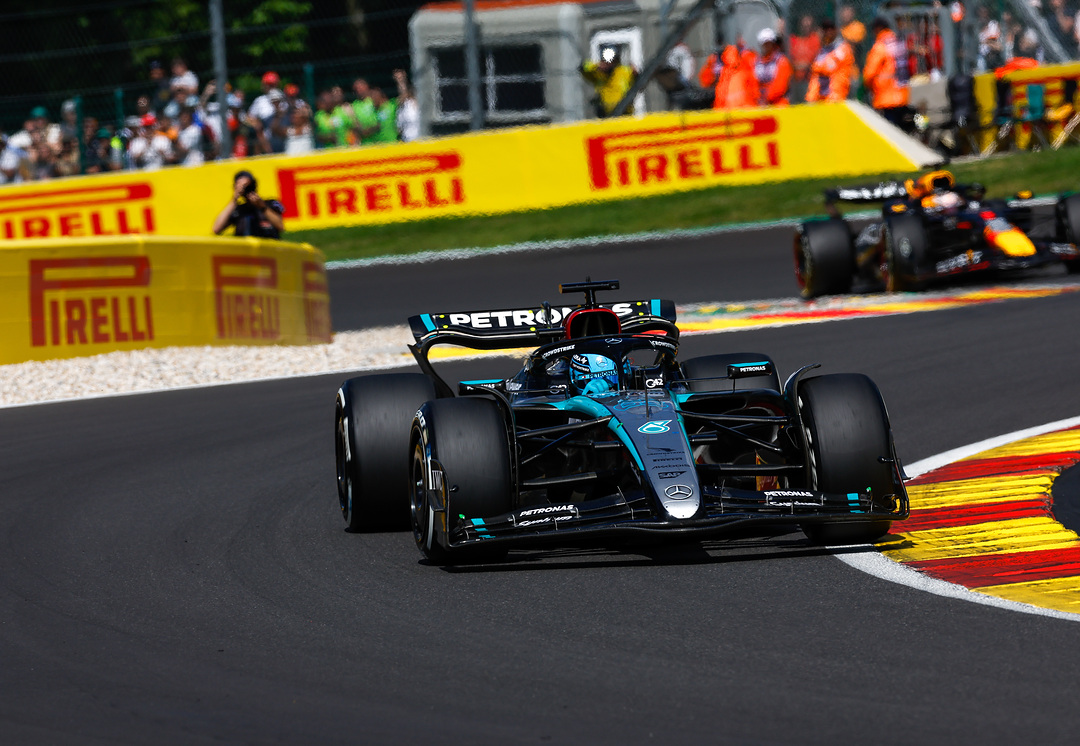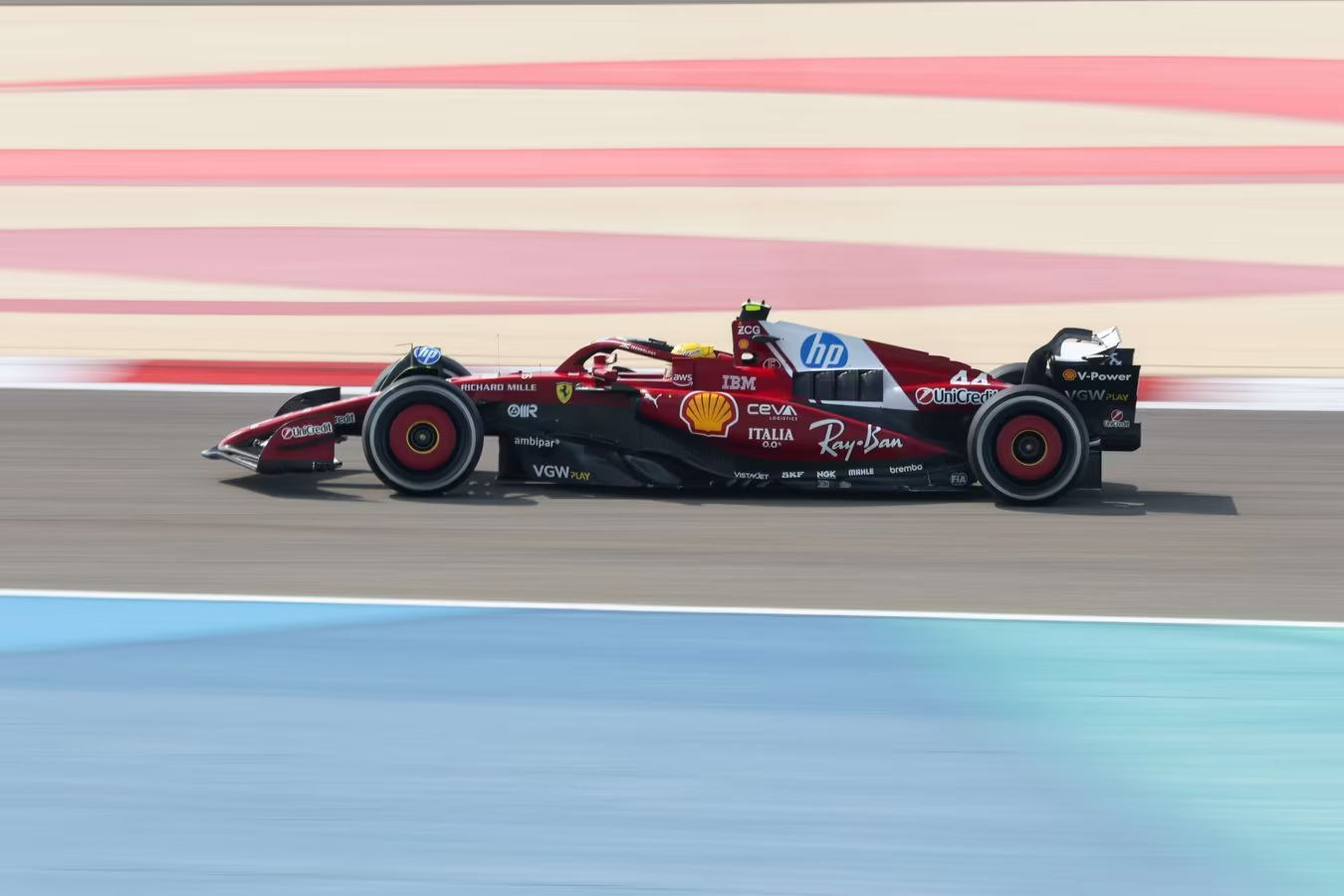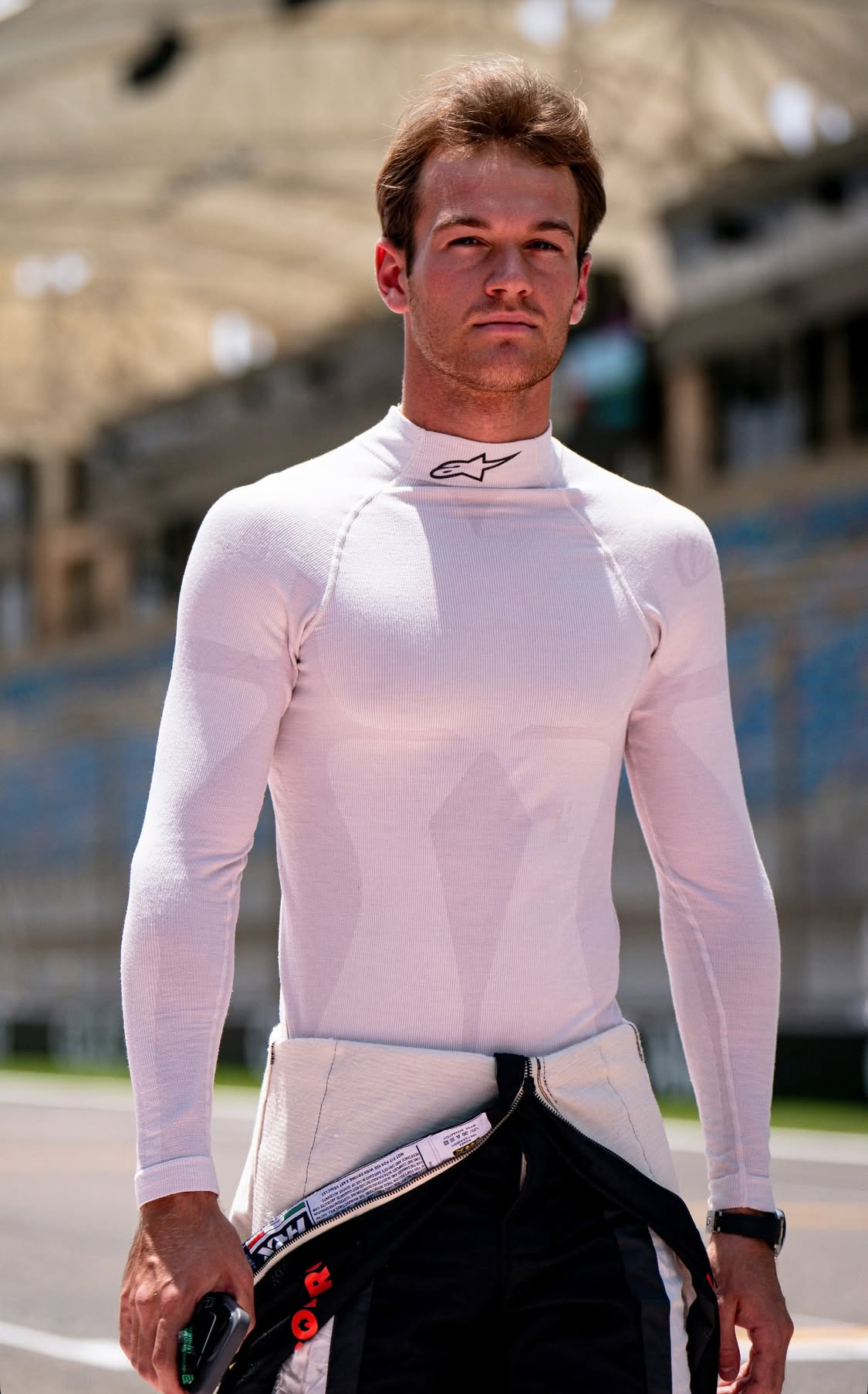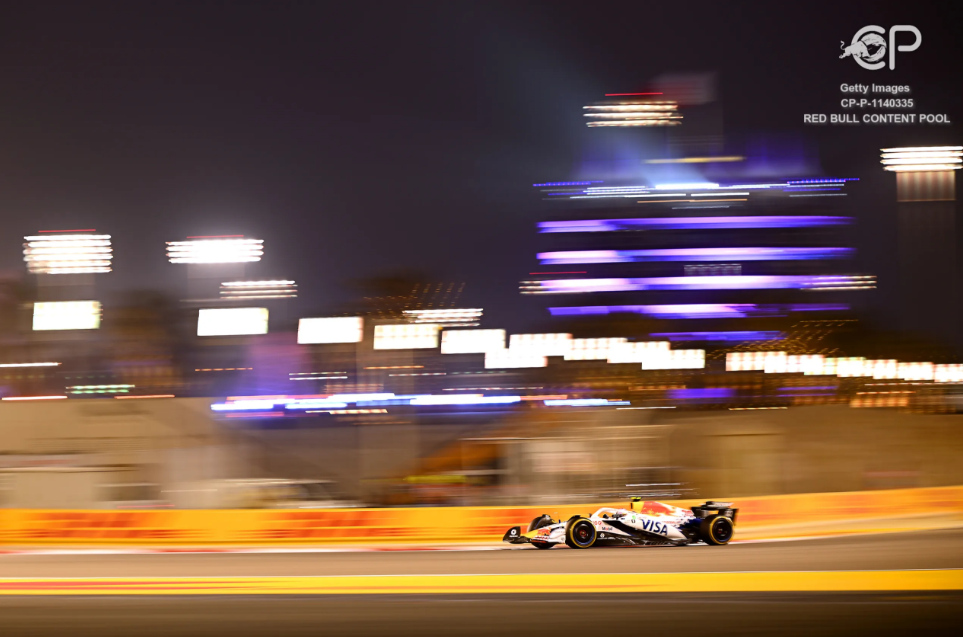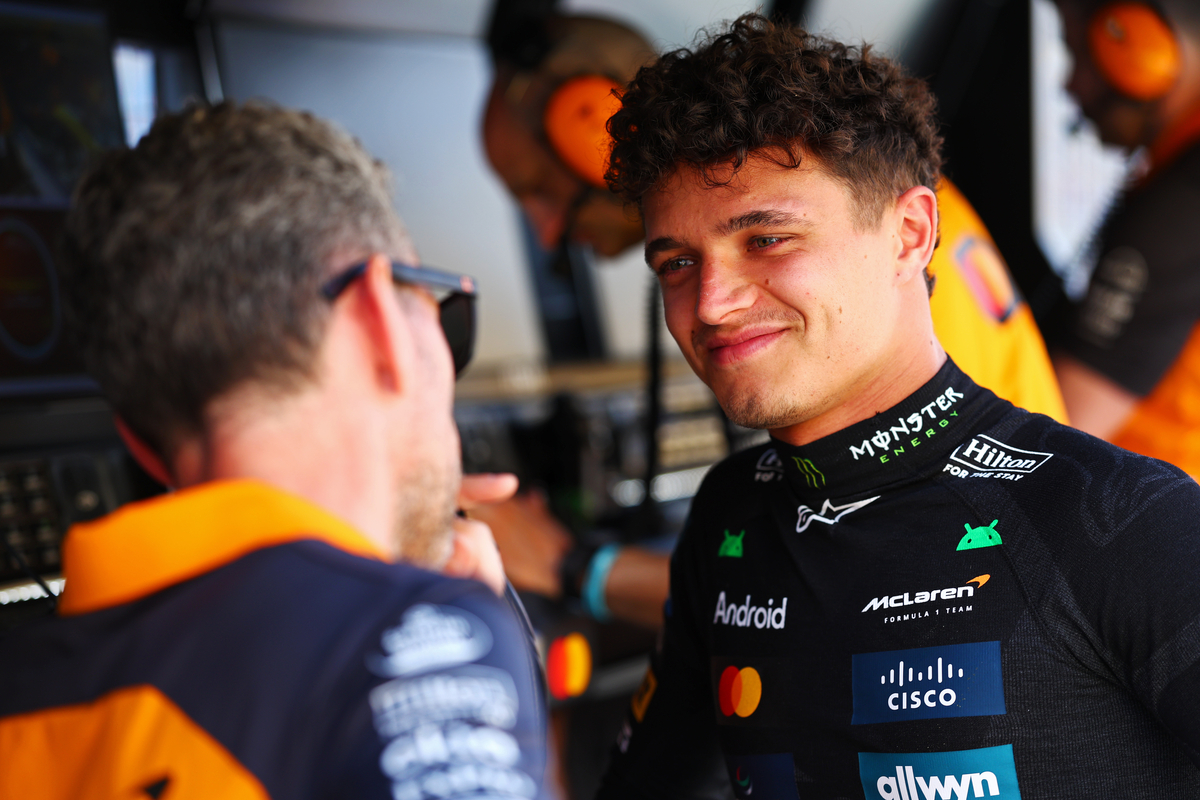Mercedes’ George Russell was first across the finish line on Sunday at the Belgian Grand Prix, taking the top step of the podium ahead of teammate Lewis Hamilton who finished in second and McLaren’s Oscar Piastri who finished in third. The twenty-six-year-old’s elation would soon turn to heartbreak when his car was found to be 1.5 kg under the required weight of 798.0 kg, in violation of TR Article 4.1. Russell was subsequently disqualified from the race classification, handing victory to his teammate, Hamilton.
Mercedes’ Trackside Engineering Director, Andrew Shovlin, addressed Russell’s disqualification at on the Akkodis Race Debrief published on Mercedes-AMG Petronas Formula One Team YouTube Channel. He described Russell’s disqualification as “very disappointing and unfortunate” especially as Russell had had a very strong race which had allowed him to secure the lead, despite his P6 start.
“Obviously, very disappointing and unfortunate, particularly after he’d driven such a strong race to win from so far back.”
Shovlin stated that the team were trying to determine the exact causes for the unexpected weight loss with Russell’s car and added that the process would require the evaluation of the weight loss experienced by several different components.
“Right now, we’re trying to understand exactly what happened. A lot of that involves us getting the weights of all the different components.”
He explained that weight loss during the race was typically associated with the degradation or wear of different components of the car, including the tyres, plank and brakes, as well as fuel consumption and the driver’s own weight loss.
“And the car can lose quite a lot of weight during the race. You get tyre wear, plank wear, brake wear, oil consumption. The drivers themselves can lose a lot and in this particular race, George lost quite a bit of weight.”
The Trackside Engineering Director stated that both Russell’s Car 63 and Hamilton’s Car 44 had weighed the same at the start of the race, and proposed that, based on initial analysis, the excessive weight loss of Car 63 could have been affected by its increased tyre and plank wear, as compared to Car 44.
“Now the cars started the race the same weight. Lewis and George were both weighed after qualifying. The cars were within 500 grams. George’s was the only one that had the problem, and it’s because things like the tyre wear was much higher. It looks like we lost more material on the plank.”
He added that the team would continue to collect the data associated with the increased weight loss of Car 63 to be able to refine their processes for weight management at future races.
“We’ll collect all that data though, look at how we can refine our processes because clearly we don’t want that to happen in the future.”
Shovlin also discussed the impact of Russell’s car being underweight during the race. He admitted that, while Russell would have had no advantage over his teammate Hamilton at the beginning of the race due to the cars being the same weight, the faster weight loss by Car 63 would have eventually given it a small pace advantage over Car 44.
“In terms of pace, at the start of the race, it’s nil because George’s car and Lewis’ car start the race at the same weight. Now, obviously, as George’s car was losing weight faster than Lewis’ throughout the race, there is an associated gain with that.”
However, he acknowledged that any advantage would have been very small which would not have given Russell a significant lap time advantage over his teammate.
He said, “But you’re into the hundredths of a second per lap. It’ll be very small because when you’re talking about amounts like one or two kilos, they don’t amount to a lot of lap time.”
Shovlin again reiterated that both cars had been the same weight at the start of the race, implying that any advantage rained by Russell would have occurred during the race, as a result of his car’s faster weight loss.
“But, as I said, at the start of the race, [the] cars were the same weight.”
In light of the disqualification, Shovlin described the Belgian Grand Prix as “bittersweet”, especially after the team’s 1-2 finish, after “difficult” Friday practice sessions. He added that the team was encouraged by the performance, despite the disappointing outcome with Russell.
“I mean, it was very much a bittersweet moment. It was a fantastic finish to the race. To get the cars home 1-2 was a real achievement, particularly because we’d had such a difficult Friday. But overall, I mean aside from the disappointment, the team’s really encouraged by the performance.”

